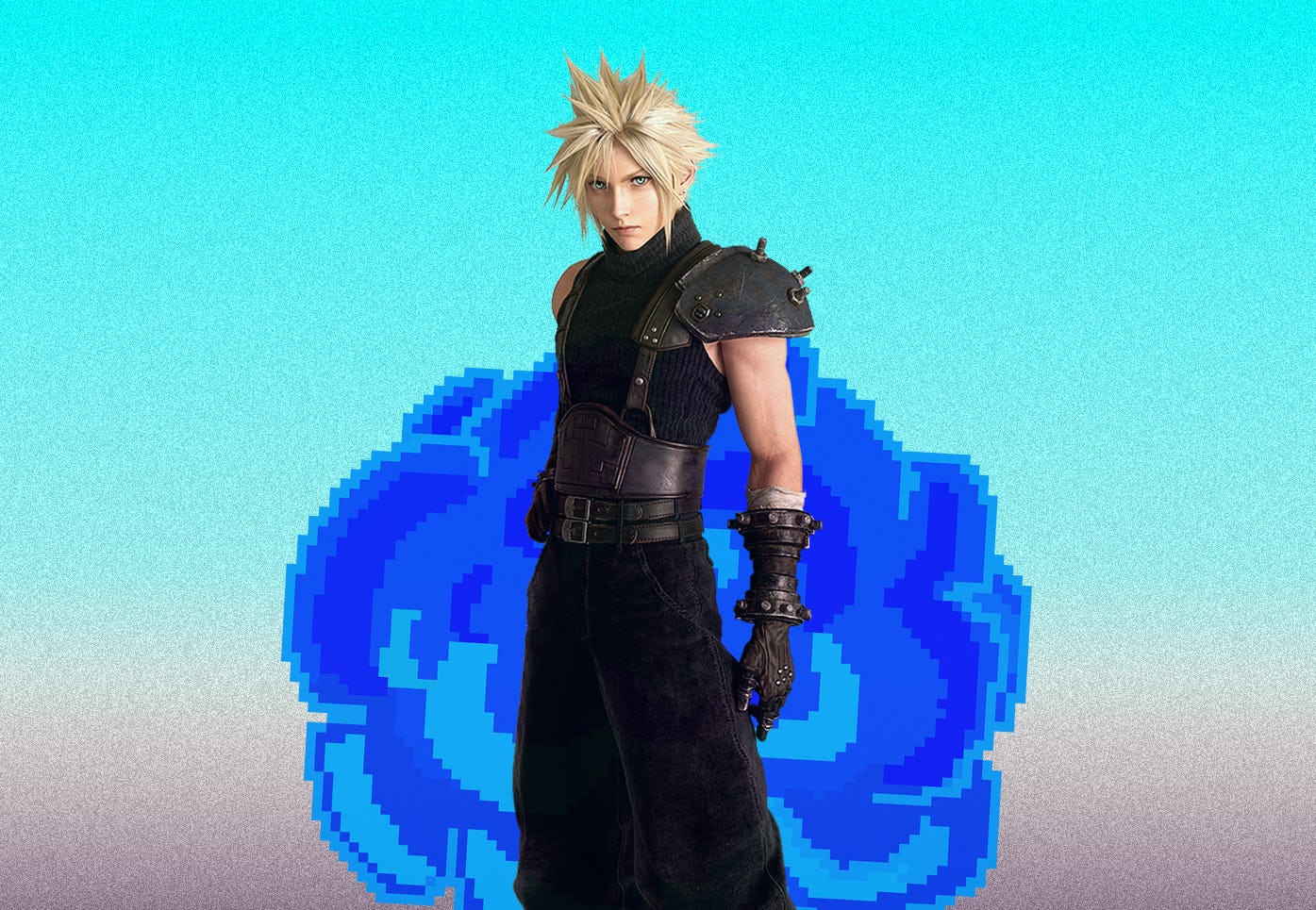
When it comes to movies and TV shows, “remake” is often a dirty word. Cynical audiences roll their eyes at the announcement of yet another lazy cash grab. (The mere whiff of a Back to the Future remake is enough to make all of Twitter shudder at once, and for good reason.)
But the situation couldn’t be more different when it comes to video games. In June 2015, fans the world over were moved to tears by Square Enix’s announcement that Final Fantasy VII Remake was in development. A revamped version of 2009’s Demon’s Souls was a marquee launch title for the PlayStation 5. The remake of sci-fi horror classic Dead Space is an early game-of-the-year contender in what promises to be a packed field in 2023.
Ahead of every major announcement from Nintendo, PlayStation, or Xbox, hopeful hordes send their prayers for spiffy new versions of Bloodborne and Chrono Trigger into the social media ether by the thousands. But why?
“Technology brings us closer to the original creative vision.”
The best game remakes allow players to relive a cherished experience as they want to remember it — free from clunky controls, tedious loading screens, and janky polygons. But there’s a lot more to a successful remake than flashy graphics and faster processors.
So what’s behind this trend? To find out, Inverse spoke with the creative talents behind The Last of Us Part I, Resident Evil 4, Like a Dragon: Ishin, and Final Fantasy VII Remake. Because no two remakes are the same, we asked everyone the same three open-ended questions to see how their experiences differ and overlap. Check out the answers below.
Why are video games so well-suited to remakes?
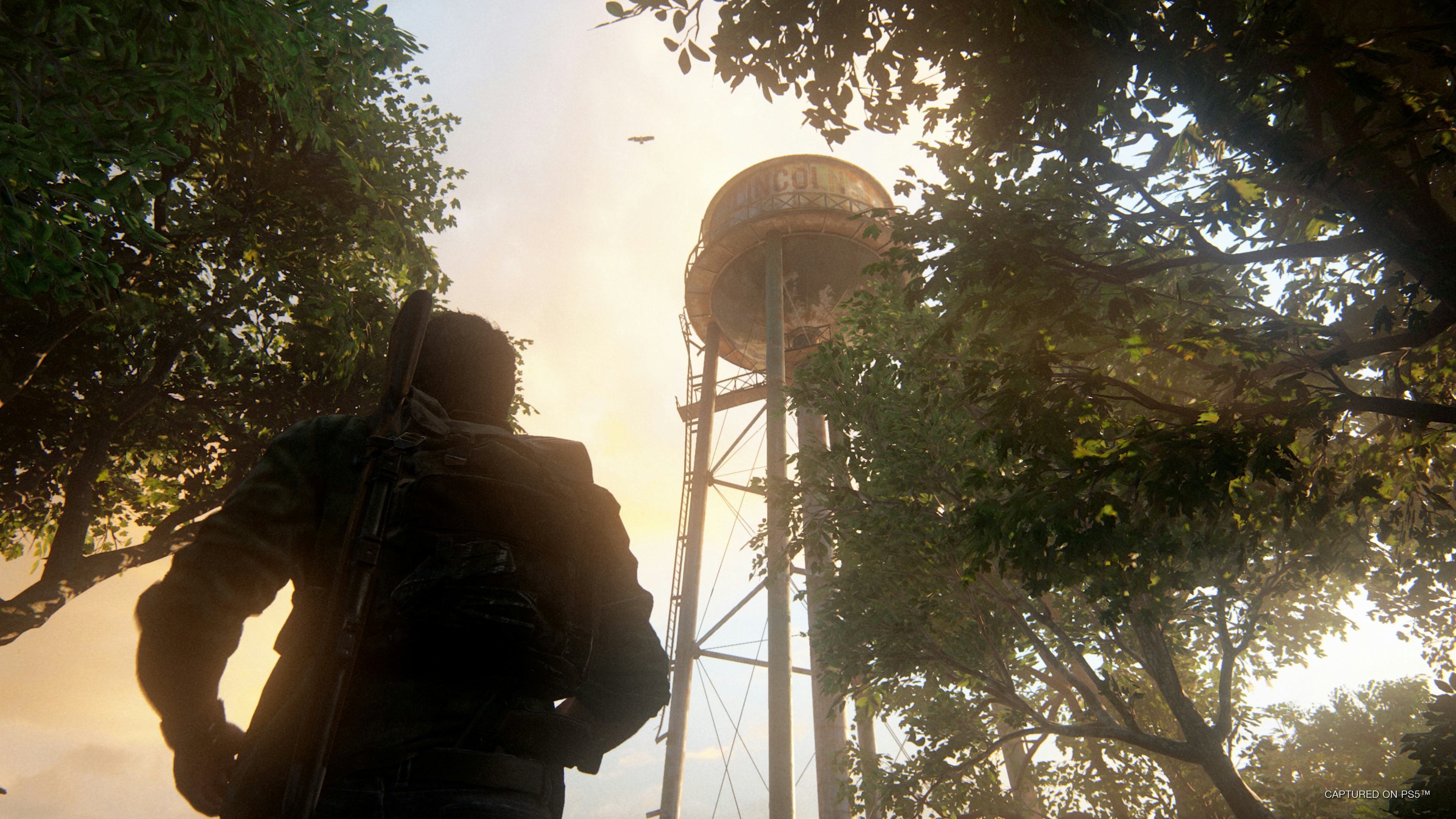
Matthew Gallant, Game Director, Naughty Dog (The Last of Us Part I)
Video games are interesting as an artistic medium because of how intrinsically linked they are with their underlying technology. Developers make difficult choices based on the capabilities and constraints of the hardware, striving to fully manifest the vision of the game in their heads. Since technology advances so rapidly, the frontier of what is possible within games continuously expands as well.
The Last of Us presents an intimate human-scale view while also showcasing the beauty of the natural world without people: lush with vegetation, dappled with light and shadow, and swirling with water, fire, and snow. These aesthetic goals remain the same between the original and the remake, but a decade of hardware improvements allowed both the characters and the environments to be more realistic, dynamic, detailed, beautiful, and true to life. Technology brings us closer to the original creative vision.
The application of technology also extends to gameplay. More processing power can drive more intelligent enemy AI or simply more enemies on screen. Developers can update controls and add “quality of life” features to match modern conventions. This is particularly important for accessibility, which has advanced rapidly in recent years and also leverages new technology (such as text-to-speech and haptics).
“A remake of a game can deliver a new experience to players while also touching upon the memories we have of the original.”
Yoshiaki Hirabayashi, Producer, Capcom (Resident Evil 4)
Honestly, I’m not sure if games are suited to remakes more than anything else. There are also a lot of good remakes, which also includes reboots, in other mediums, such as movies.
One thing that does come to my mind concerning game remakes, however, is that a remake of a game can deliver a new experience to players while also touching upon the memories we have of the original, which is an appeal that is different from the appeal of a completely new game.
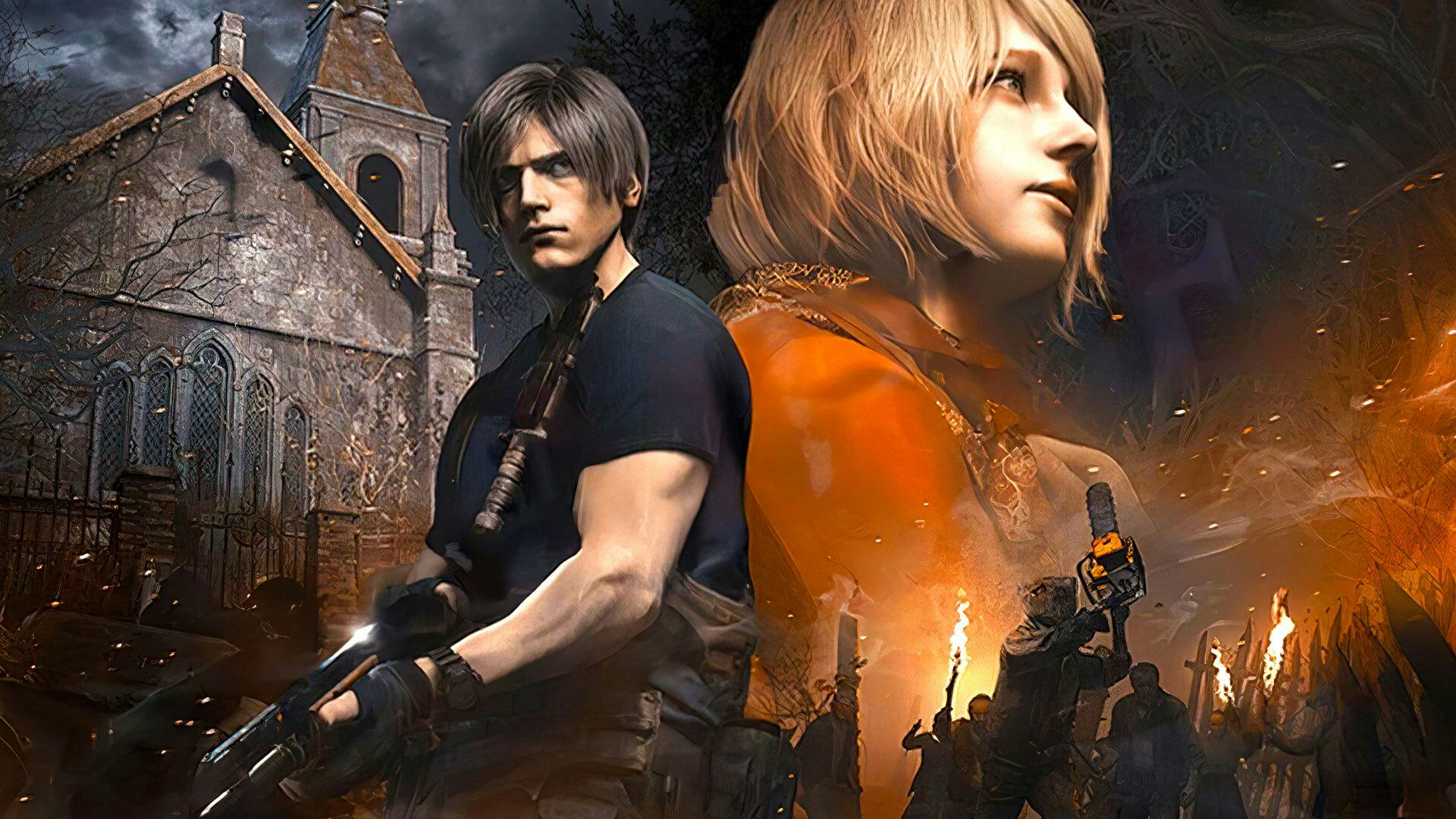
Hiroyuki Sakamoto, Chief Producer, Ryu Ga Gotoku Studio (Like a Dragon: Ishin)
Games have that unique capability of allowing fans to be active participants. Even if players can recall a story or character, or play the original iteration of a title, being able to relive the experience on a modern platform with updates and upgrades is something entirely different from movies or television.
That’s why a remake announcement is exciting. I’m curious what the development team is bringing to this new version and how the smallest change can sometimes make a big difference.
“Games have evolved dramatically from 2D pixels to 3D CG.”
Yoshinori Kitase, Producer, Square Enix (Final Fantasy VII Remake)
I don't think games are particularly suited for remakes or reboots per se, but one thing that can be said about them is that the hardware has undergone a remarkable evolution.
Movies may have evolved in terms of hardware from silent films to talkies, from black and white to color, and from 2D to 3D, but the basic experience of actors playing real people and images shot in real locations has not changed. Therefore, it is necessary to alter the storyline, settings, and other aspects of the film in order to create a change, as there will be no significant difference in a mere remake.
On the other hand, games have evolved dramatically from 2D pixels to 3D CG, with the advance of motion capture and AI. Even if the game were remade as is, the player's experience would change dramatically.
Are remakes actually more popular now or have they always been popular?
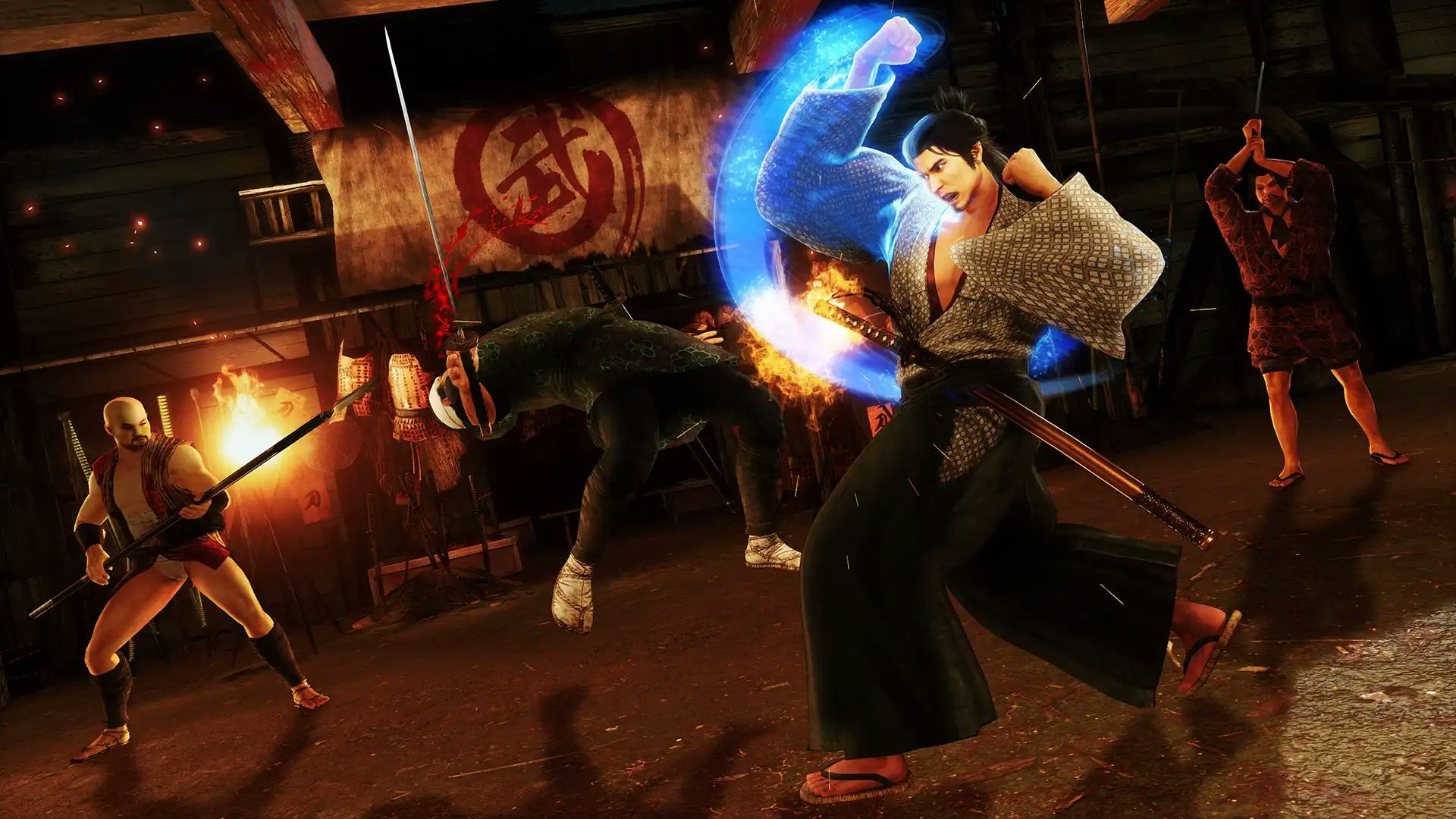
Matthew Gallant, Naughty Dog
Remakes appear to be having a moment! If I had to conjecture what has changed, I suspect that publishers are simply responding to the fact that there is strong demand for them. Players enjoy revisiting beloved older games, and their strong performance incentivizes remaking more games.
I would count myself in this audience. I was elated when the Final Fantasy VII Remake let me walk around the version of Midgar that only existed in my childhood imagination.
“Final Fantasy VII Remake let me walk around the version of Midgar that only existed in my childhood imagination.”
Remakes are appealing for developers as well. It’s actually quite thrilling to get a chance to revisit something you worked on a decade ago and to approach it again with more knowledge and experience. You get a second chance at some of the tradeoffs you had to make due to hardware limitations or other constraints.
Similarly, many developers on The Last of Us Part I were inspired to begin a career in games after playing the original! They are excited to work on a game they loved as a fan.
Yoshiaki Hirabayashi, Capcom
I feel that the remakes that players have enjoyed are the ones that show love for the original work through their content, which includes both where the remake makes changes and where it remains the same as the original.
I don’t think this contributes to whether remakes are generally popular or not, but rather it is the key piece to whether players enjoy the remake or not.
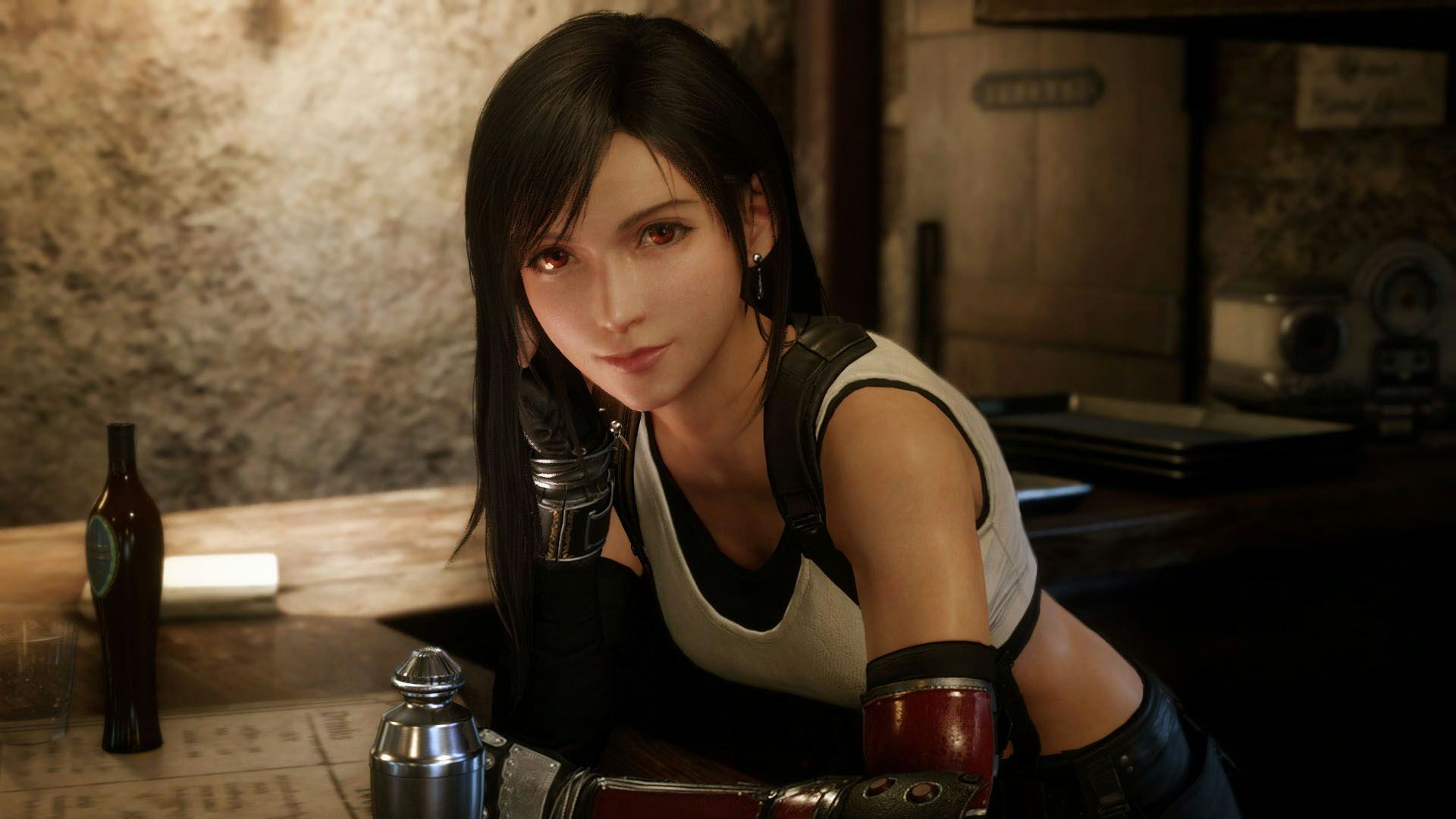
Hiroyuki Sakamoto, RGG Studio
As our industry grows older, and more titles are released, the demand across a breadth of games will only grow. For that reason, it’s important for us as developers to carefully determine when the time is right to revisit a title.
In the case of Like a Dragon: Ishin, we realized we had an opportunity to bring a title to the West for the first time, which felt like a perfect opportunity.
Yoshinori Kitase, Square Enix
I think graphics performance reaching a peak during the PS4/Xbox One and PS5/Xbox Series X era was significant.
If one wishes to remake a game with 2D pixels or the classic look of the no texture, low polygon era of PS1, I believe creating assets that match the performance of the current generation hardware will make it relevant for the next decade or more.
What’s the most challenging aspect of a remake project?
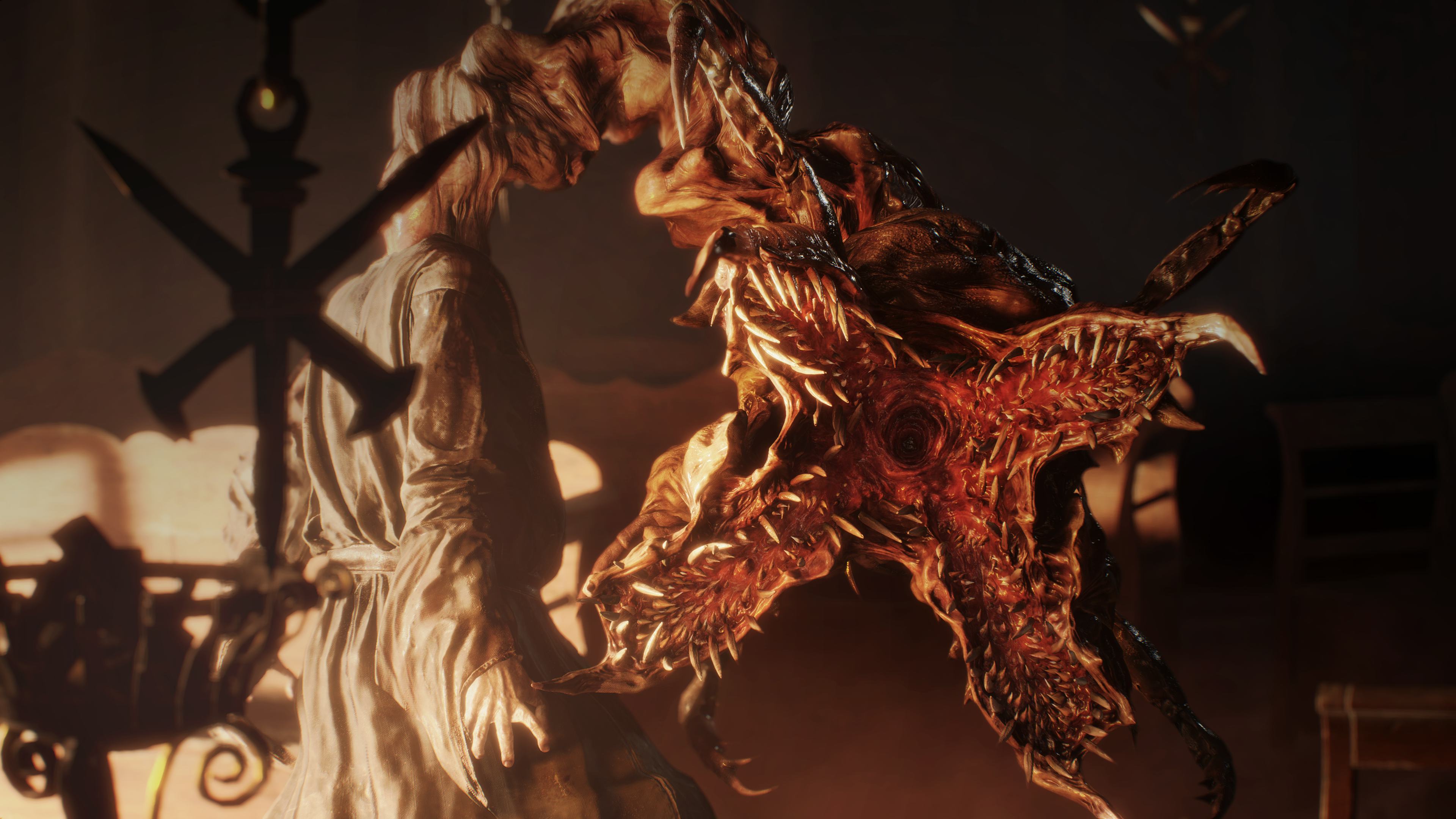
Matthew Gallant, Naughty Dog
The challenge in remaking a beloved game is in discerning what should change and what should remain the same. Our guiding principle through making The Last of Us Part I was to aim to capture the feeling of the original game. Joel and Ellie’s journey together has specific emotional beats, and anything we added or removed needed to harmonize with those moments.
“We didn’t want to lose the feeling of the original for the sake of animation fidelity.”
To give a specific example, when remaking the Boston QZ levels, there were areas that we intentionally withheld adding vegetation and trees to. The QZ is supposed to feel like an ugly, sterile, oppressive place, in contrast with the dangerous natural beauty outside the wall. If we had beautified this area for the sake of a visual upgrade, it would have been dissonant with the environmental storytelling.
An example on the gameplay side would be the mine defense fight in Lakeside Resort. The player uses a bolt-action rifle to defend against incoming Infected, and it’s a tense and challenging fight. In The Last of Us Part I, we added the detail of the player re-chambering a round between every rifle shot. However, we finessed the timing to make the animation as fast and responsive as possible, to avoid adding difficulty to an already harrowing fight. We didn’t want to lose the feeling of the original for the sake of animation fidelity.
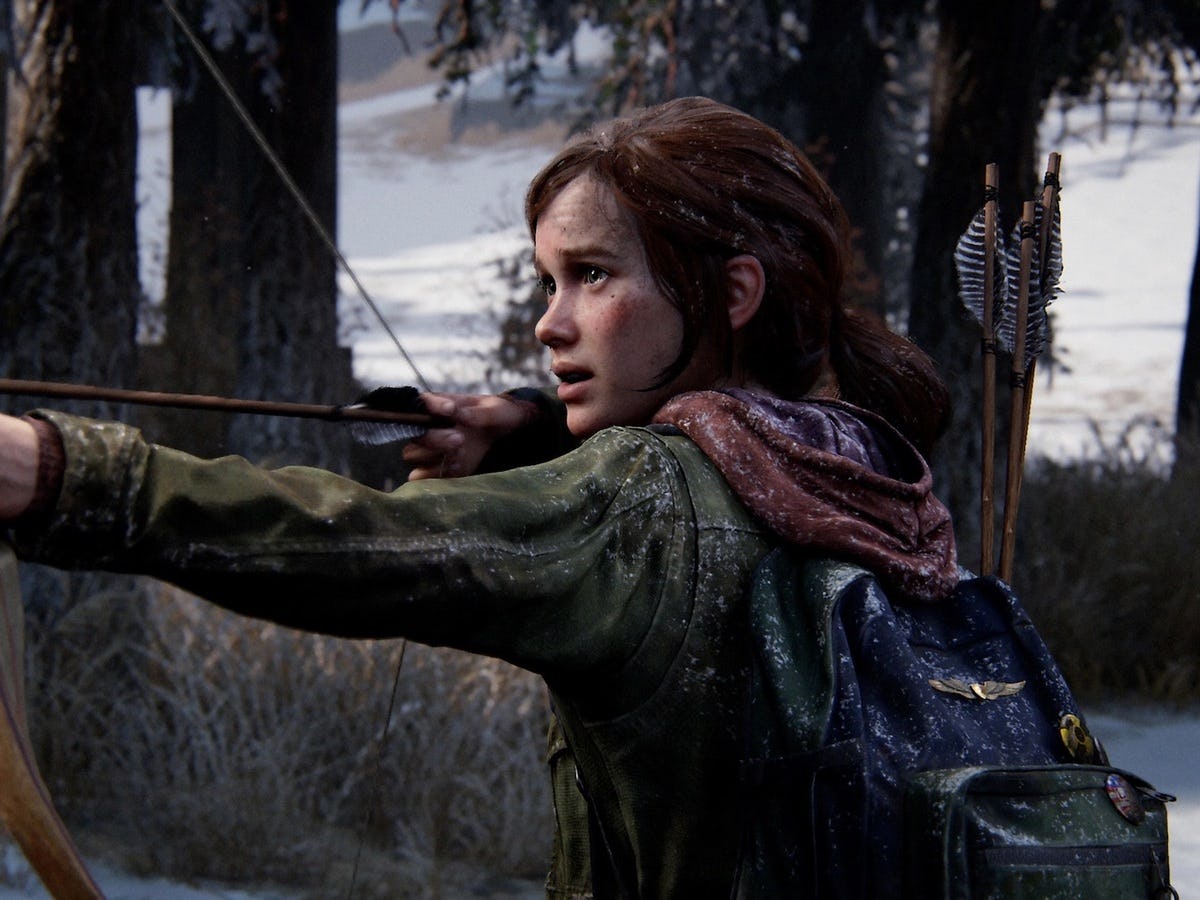
Yoshiaki Hirabayashi, Capcom
For RE4, I wouldn’t describe it as a challenge, but we spent a lot of time and effort on reconstructing the original game’s appealing aspect of tempo and tension/catharsis balance while adapting it to modern standards.
Hiroyuki Sakamoto, RGG Studio
Generally, I’d say it’s trying to balance what is preserved from the original and what is changed. You want to improve on the original vision and find ways to make fans excited all over again while preserving what made it great and respecting the original vision as much as possible.
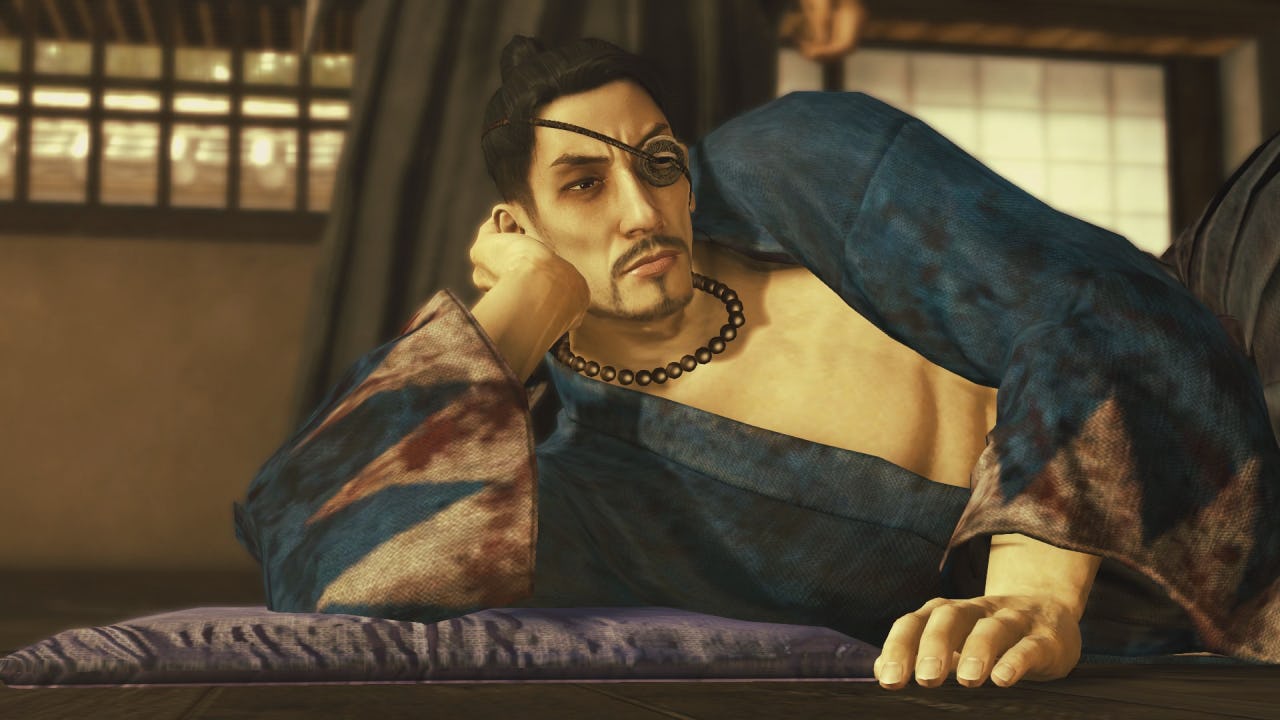
Yoshinori Kitase, Square Enix
There are two aspects.
Firstly, especially for RPGs, while older games had a simplified expression, in exchange, we were able to develop a world that is larger in scale. Therefore, if these were to be remade in today’s HD quality, they would be enormous in volume. The game designer’s sensibilities in bringing the game up to modern quality, without losing the essence of the original work, is key here.
The second aspect is the emotional attachment fans have toward the original work. In Japanese, we refer to it as a “nostalgia filter,” wherein the memories retained of our favorite games from the past are even more beautiful/enhanced than our actual experience. Game designers must take care when creating a remake to honor these enhanced memories that fans have built upon over the years.







